Crews wrap fire-resilience work in giant sequoia grove, prep for 2024 season
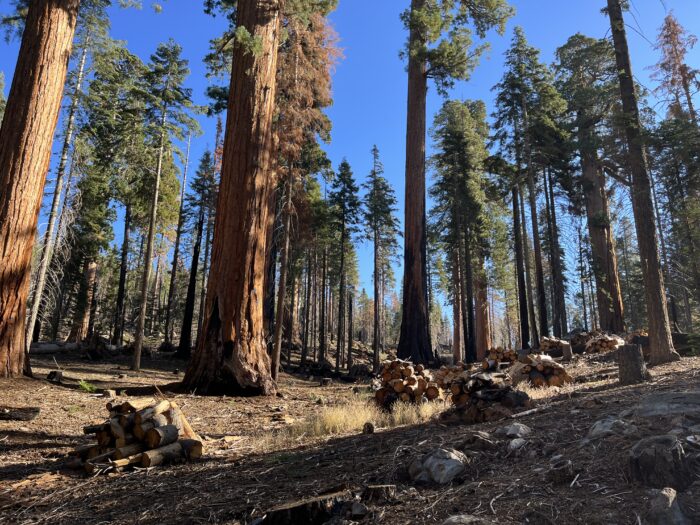
As winter approaches, Save the Redwoods League staff are raising mugs of hot cocoa to toast a wildly productive work season in the giant sequoia range. The big win: Completing risk-reduction and wildfire resilience work in Long Meadow Grove, which burned in the 2021 Windy Fire. At 568 acres, Long Meadow is one of the largest and most accessible groves in Giant Sequoia National Monument, home to many old-growth “monarchs” and the popular Trail of 100 Giants.
Restoration efforts in Long Meadow were dampened by early snowfall in 2022. But by early July, crews were back in the forest, removing dead, burned trees that could turn future wildfires into high-severity events. Crews also reduced flammable plant matter that can act as “ladder fuels,” allowing flames to climb into the giant sequoias’ vulnerable crowns.
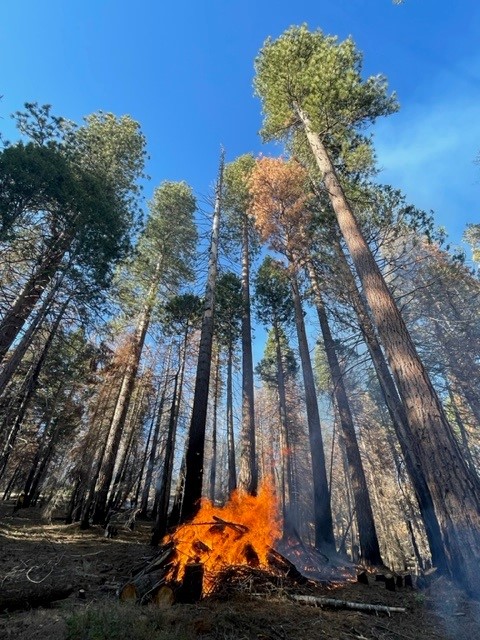
Long Meadow Grove is now better prepared for next year’s fire season—and for future management via beneficial fire. “Manual and mechanical treatments have helped to undo over a century of misguided fire suppression,” says Ben Blom, League director of stewardship and restoration. “We’ve reset this giant sequoia grove to a more natural state of fire resilience. Moving forward, we hope to maintain this balance using natural and beneficial fire as our primary tool.”
An all-hands response to the giant sequoia emergency
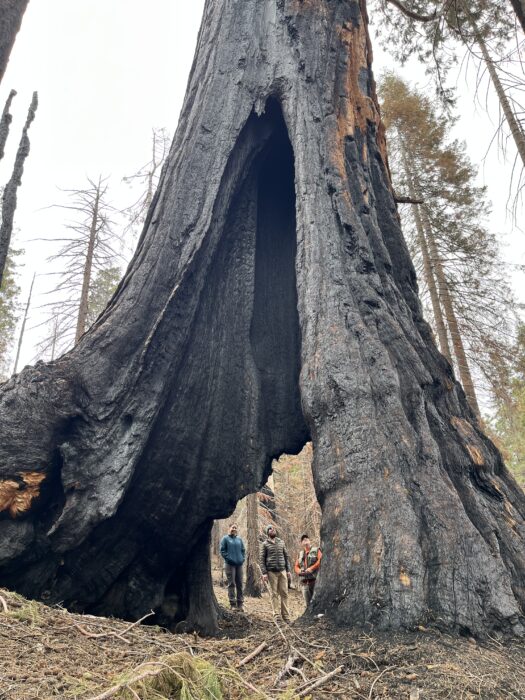
In recent years, catastrophic wildfires have killed nearly 20% of the mighty giant sequoias—a staggering percentage for a species concentrated in fewer than 80 groves in the Sierra Nevada. Though a few sequoias have been planted around the world, California is the giant redwood’s only natural habitat.
Faced with the prospect of losing these superlative trees, the League and 11 other sequoia stewards convened the Giant Sequoia Lands Coalition in 2021. The shared goal: to sound the alarm on this existential threat and begin protection efforts as swiftly as possible. It was an “all-hands on deck” moment, with agencies sharing resources and knowledge like never before.
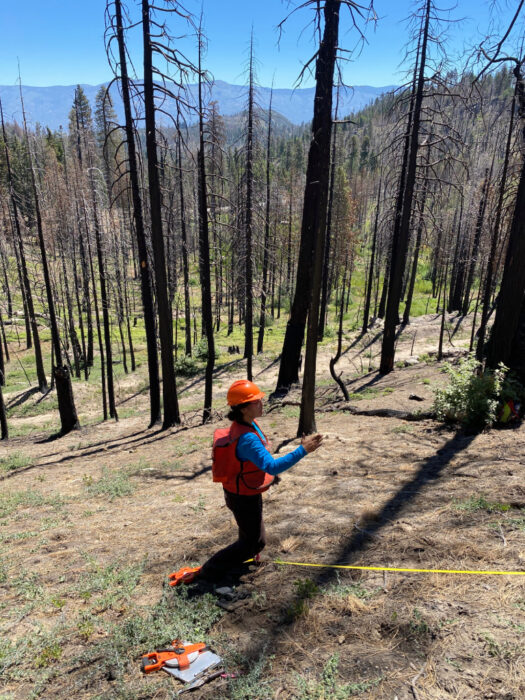
A unique partnership soon emerged between the USDA Forest Service and the League. The Forest Service brought funding to the table via President Biden’s Infrastructure Bill and Inflation Reduction Act; the League brought its organizational capacity and on-the-ground restoration expertise. Together, they could treat even more at-risk sequoia groves before the next major wildfire event.
League sets sights on safeguarding Packsaddle giants
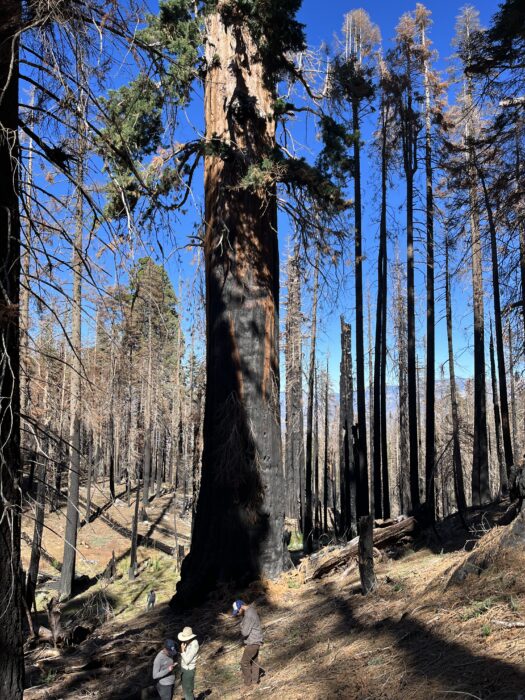
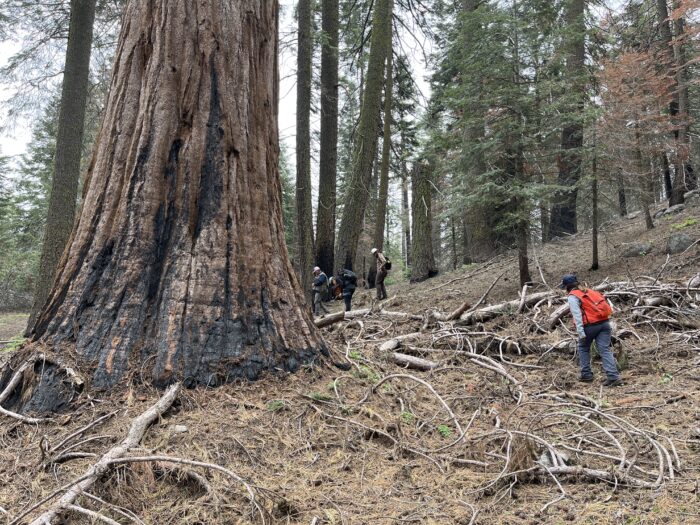
Next up, the League and Forest Service will restore 533-acre Packsaddle Grove. As one of the southernmost groves within Giant Sequoia National Monument, Packsaddle is particularly vulnerable in a warmer and drier climate.
In preparation for the 2024 season, resource monitors conducted surveys to identify habitat for species such as the Pacific fisher, foothill yellow-legged frog, and northern goshawk. Meanwhile, League scientists have set up monitoring plots to record tree density, fuel loads, and other factors. These plots will be monitored long after restoration work is complete, providing valuable data on recovery outcomes in burn areas of varying severity.
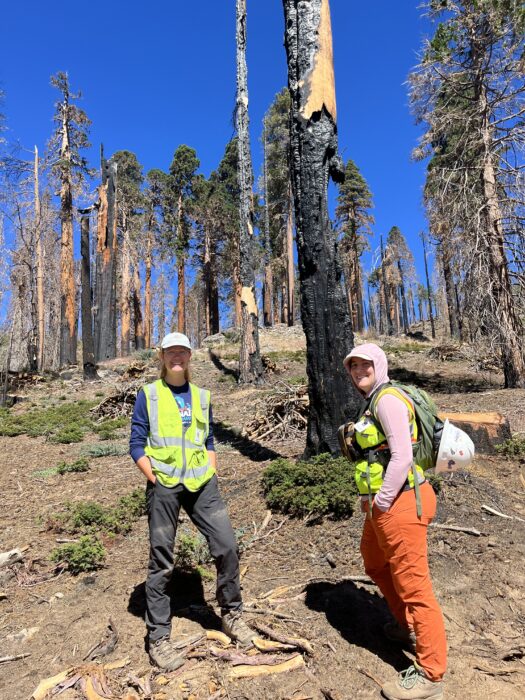
As with Long Meadow, sections of Packsaddle burned at different intensities during the 2021 Windy Fire. High-severity wildfire killed several old-growth giant sequoias, including the Packsaddle Giant—a titan at 24 feet in diameter—and the striking Candelabra Tree. Restoring fire resilience to the grove will be a key factor in safeguarding the remaining giants and setting up the entire grove for long-term survival.
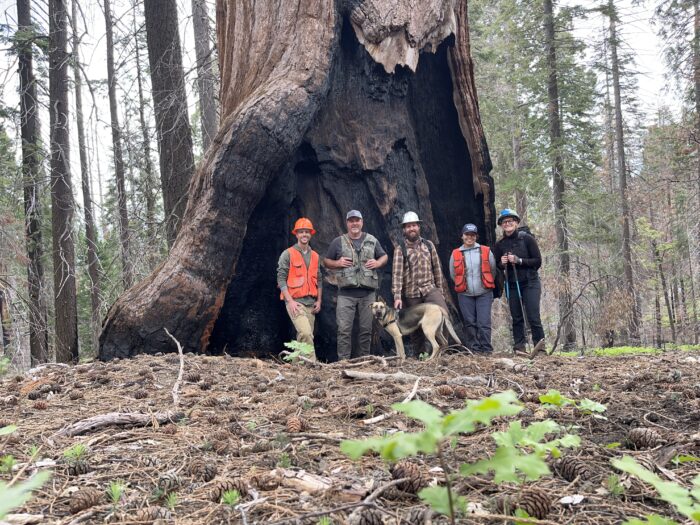

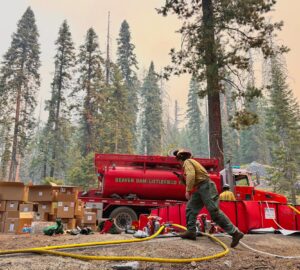
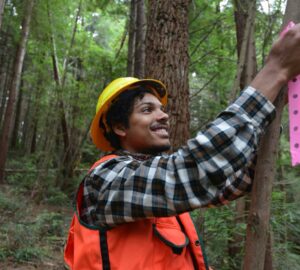
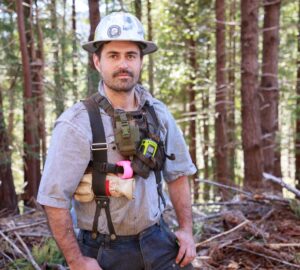


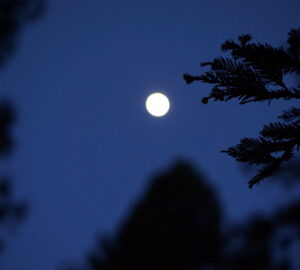
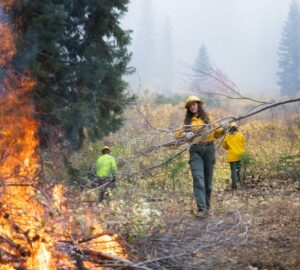
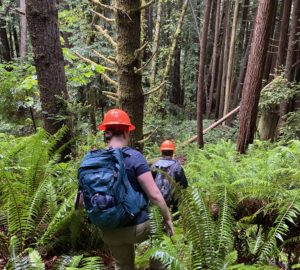
One Response to “So long, Long Meadow, we’re packed for Packsaddle!”
Samuel Wilson
Thanks for your work and love of sequoia groves and your work. I visited packsaddle and deer creek often in the past and was saddened by the fire damage, especially at Deer Creek which seemed mostly devastated. I think prescribed burning done before hand could have saved that grove. It was special since it was the most southern grove. It deserved more care and attention then it received. Especially since it was so vulnerable…it will be interesting to see how it recovers and changes.